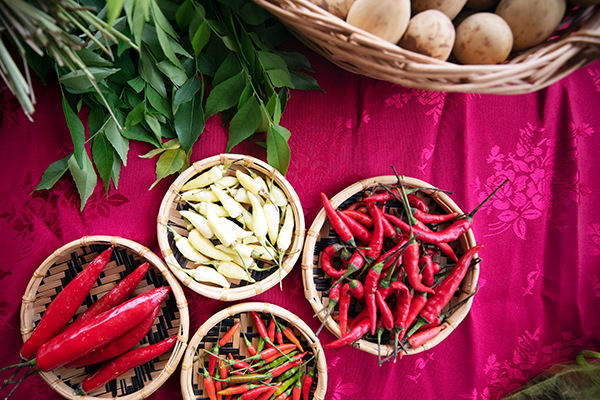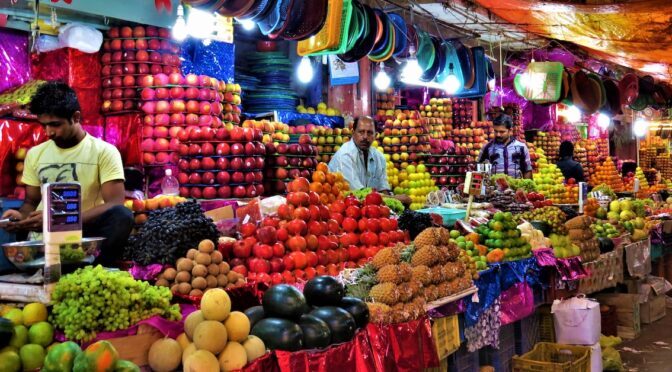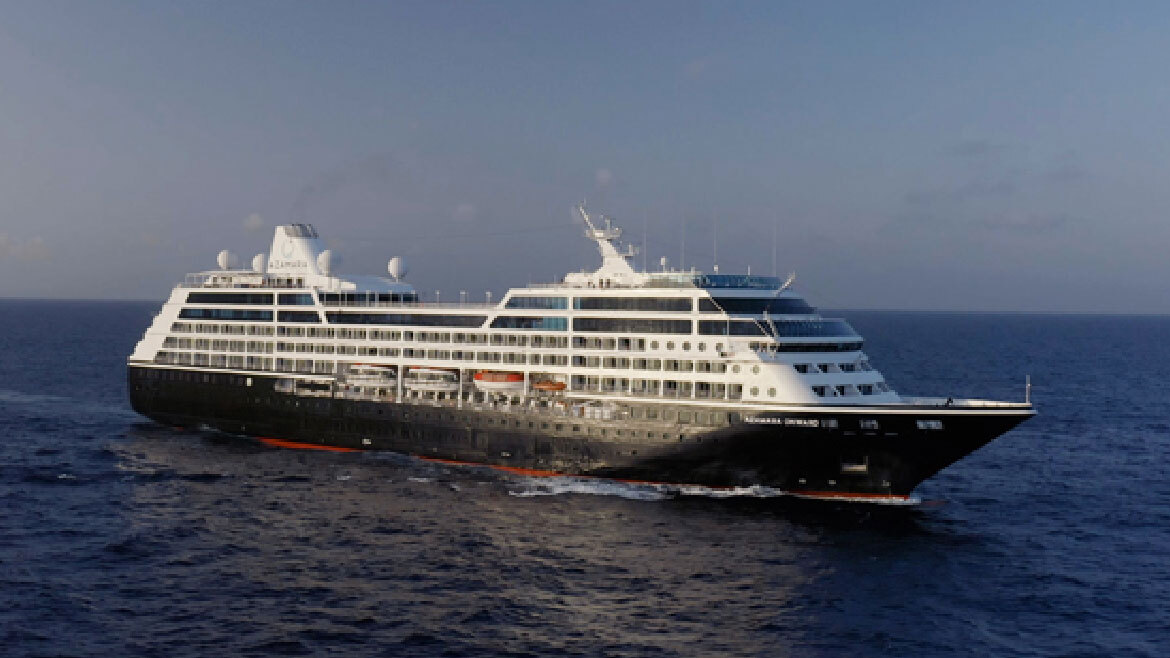Asia cruise: Experiencing Silversea's new SALT programme
A feast of fresh produce is laid out before me on the tiny, weather-beaten island of Barangay Lajala. Green-skinned mango with bright-yellow flesh, just-ripe plantain flecked with brown and curious-looking cashew apples lie carefully arranged across a thick, wooden table in the island’s village hall. It’s a skeleton of a building, with open walls and dusty floors – and the most glorious views over Coron’s limestone karsts and cerulean sea
Few island-hopping tourists travelling to the Palawan region of the Philippines will have been here, favouring the emerald-green lagoons and gin-clear coves that lie a short banca boat ride away. But this fragment of land – rustic, yes, but equally tropical and sun-dappled – is arguably home to something more special: the Tagbanua tribe, the Philippines’ earliest inhabitants and serious experts in homegrown food.
We watch, enthralled, as a local lady uses a homemade mandoline to slice kurot, a poisonous root crop that is soaked in seawater and processed over several days to become edible and eaten as a fritter. We slug earthy, bitter coffee made from freshly harvested beans that have been cooked over an open fire. We eat mango so ripe it dribbles down our fingers and savour cashews three ways – raw, roasted and toasted with sugar.
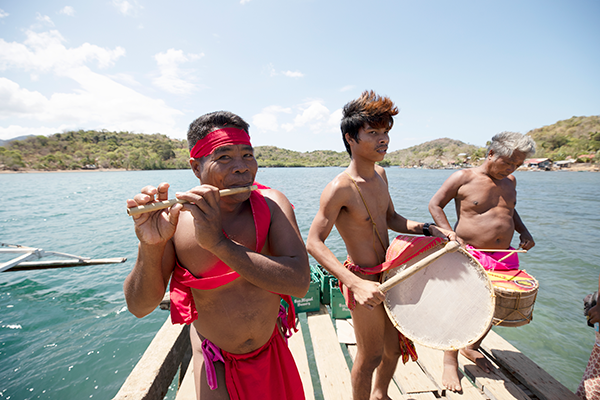
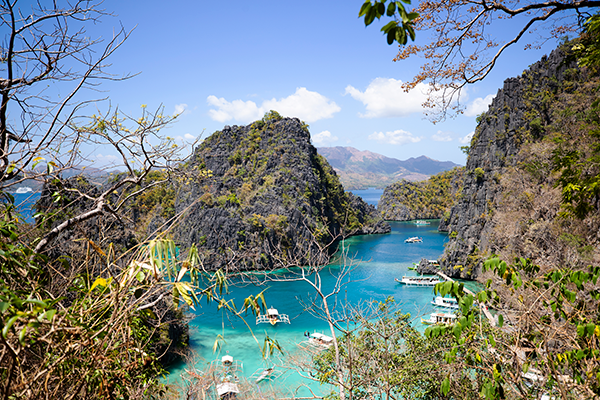
“Some people will consider Tagbanua people poor,” local chef and tour guide Clang Garcia tells us after a welcome performance by tribe elders wearing traditional red dress. “But when you have a million-dollar view in front of you, you can harvest and forage your ingredients within a one-kilometre radius and you have the freshest of produce, how do we define poor ”
It isn’t a traditional Silversea Cruises excursion, Garcia admits, but a flavour of the line’s new culinary enrichment programme, SALT (Sea and Land Taste), which will launch on new ship Silver Moon next August. Transforming experiences on board and ashore, it aims to help guests travel deeper into a destination through the colourful, captivating medium of food.
A feast for the senses
“Food is an amazing key to get under the soul of a destination and really learn about its culture,” Silversea’s chief marketing officer, Barbara Muckermann, tells us ahead of embarkation, as we sit at wooden tables in a trendy, tucked-away restaurant in Manila called Toyo Eatery. The capital of the Philippines is frenetic, but here, it’s all about calm Scandi design, chilled passion fruit cocktails and Heston Blumenthal-esque food from owner and chef Jordy Navarra, who takes Filipino classics and spins them on their head. The food is exquisite – we eat mini melt-in-the-mouth tomato meringues sandwiched with coconut milk-braised jackfruit; stuffed, glazed squid masquerading as a shell; and grilled dorado fish served with the best sticky rice I’ve ever eaten.
It’s an apt introduction to our SALT sneak preview, a journey that takes us from Manila to Singapore on Silversea’s glorious flagship, Silver Muse, with stops in Coron and Malaysia’s Kota Kinabalu along the way. The restaurant, unsurprisingly ranked as one of Asia’s top 50, was picked by programme director and former editor-in-chief of foodie bible Saveur Adam Sachs, whose role is not only to curate culinary adventures in each destination, but also to find the right experts – or “storytellers” – to narrate them.


In Coron, we learn how to eat with our hands (a process known as kamayan in Filipino culture) with Nicole Ponseca – New York restaurateur and author of cookbook I Am a Filipino: And This Is How We Cook. Ponseca is an irrevocable champion of Filipino food who, at times, seems to almost visibly bubble over with passion and knowledge for her country. She sits at the head of a long table lined with waxy banana leaves and all manner of mouth-watering delicacies – stuffed octopus and freshly grilled jumbo prawns; roast suckling pig; pickled pineapple and purple-shelled, salted egg; and tiny nuggets of fresh, salty seaweed known fondly as sea grapes – and shows us how to fashion our hands into small shovels, fingers curled, thumb poised.
In Kota Kinabalu, it involves a guided tour of a traditional central market, which heaves with aromatic spices; fruit and vegetables bedecked in rainbow colours; and rows upon rows of boat-fresh fish, some still slithering in their pens. Next up is a cooking class in the misty hills of Kokol Haven Resort, where smiling women help us create turmeric-spiced prawns, pumpkin
and cucumber shoot curry, and a luminous green, bubbling fish broth flavoured with spices.
SALT even means taking a sunset cruise on a private yacht to palm-fringed Manukan Island in Tunku Abdul Rahman National Park, where a beach barbecue dinner awaits – a perfect evening with blush skies, twinkling canopy lights and gentle lapping waves to set the tone.
A new moon
But SALT isn’t solely about onshore initiatives. Far from it, in fact. The food deck on Silver Moon will be completely reimagined in what Silversea claims is the first cruise food programme that involves restructuring a ship. Asian restaurant Indochine, which currently features on Muse, will be replaced by SALT Kitchen and Bar, serving regional food and beverages adapted to the destination the ship is in, while a SALT Lab will host cooking demonstrations, lectures and tasting sessions with guest experts. “It’s hard to get a real sense of the place with just one day’s exposure,” Sachs explains over Filipino kinilaw and chicken adobo one evening. “So the idea of this programme is to see things when you’re in a place – try things, eat things and smell things – and then when you’re back on board, be able to talk to someone who can give context, answer questions and, hopefully, fill in the story.”
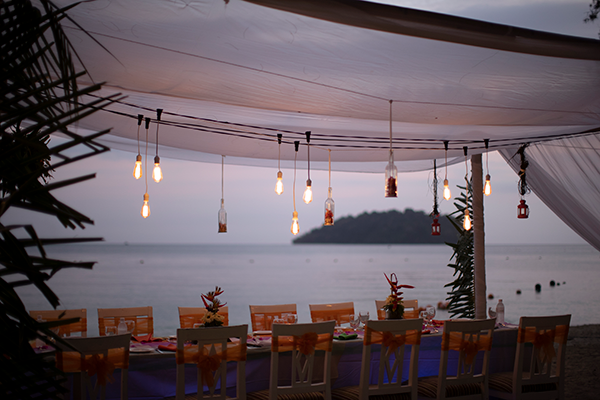

It all makes perfect sense. When covering destinations as complex as the Philippines – a nation made up of 7,100 islands, 185 dialects and 105 million people – “filling in the story” is almost always necessary. On our days at sea, Ponseca untangles the history of this rich and vibrant cuisine: its Spanish, American and Japanese influences; its penchant for acidity and fermentation; and the sociopolitical reasons why, in a world where other Asian cuisines such as Indian, Chinese and Thai are so beloved, its merits are only just coming to the fore.
As we travel to our third and final port, Singapore, we’re joined on board by Annette Tan, Singaporean food writer and founder of supper club FatFuku (meaning ‘fat luck’). She serves us a black, glutinous rice pudding called pulut hitam, as she tells us about the colonial tradition of teatime, and teaches us about the nuances of Peranakan food, which emerged in the 15th century when early Chinese settlers began marrying into the families of Singaporean merchants. It gives context to the hawker markets we wander the next day – heady with the scent of Hainanese chicken rice – and the parade of Peranakan dishes we sample at accomplished cooking school Allspice Institute.
Not every experience is polished. A tasting session with Ponseca is full of acquired tastes, such as burong isda, a fermented fish and rice dish she describes as “funky”. A spontaneous trip to Kota Kinabalu’s night market results in a few brave souls trying skewered chicken anus. And our kamayan feast is, frankly, incredibly messy. But therein lies the beauty of SALT. It treads the line between luxury and authenticity, marrying opulence with simplicity to ensure travellers go home with new-found foodie knowledge. Your taste buds will never be the same.


Book it
Silver Moon will sail the Mediterranean before repositioning to the Caribbean in 2021. A seven-day all-inclusive cruise from Venice to Piraeus, departing on October 12, starts at £4,050 per person.Silversea.com
The evolution of SALT
SALT is the result of widespread research among Silversea’s customer database, which found that the line’s leading markets – the Silent Generation, Baby Boomers and Generation X – were linked by a love of food and food culture. With Silver Muse already boasting the largest number of food options in the fleet (eight restaurants and 24 food concepts), chief marketing officer Barbara Muckermann says a new food programme was never going to be about adding more restaurants. Instead, new ship Silver Moon has to push cuisine “to the next level”. Guests on Silver Moon will visit the SALT Kitchen and Bar at least once during their cruise, Muckermann forecasts, with 5-10% in the SALT Lab “all the time”. Shore excursions will be priced as usual, as will certain activities in the SALT Lab, to regulate interest and keep groups small.
Project Invictus
SALT is part of Project Invictus, an investment programme funded by Royal Caribbean Cruises, which acquired Silversea in June 2018. Muckermann says it’s the largest investment in onboard product in 25 years, with 80% being spent on Silver Muse and a focus on food. As a result, the ship now offers about 160 varieties of wine and a wider range of cuts of meat, while unlimited Ars Italica caviar is available upon request. Guests will see more fresh flowers on ships – “a product such as Silversea needs to be indulgent”, says Muckermann – and upgrades have been made to in-suite TVs across the fleet, which now offer the National Geographic, Sport 24 and ESPN channels.
